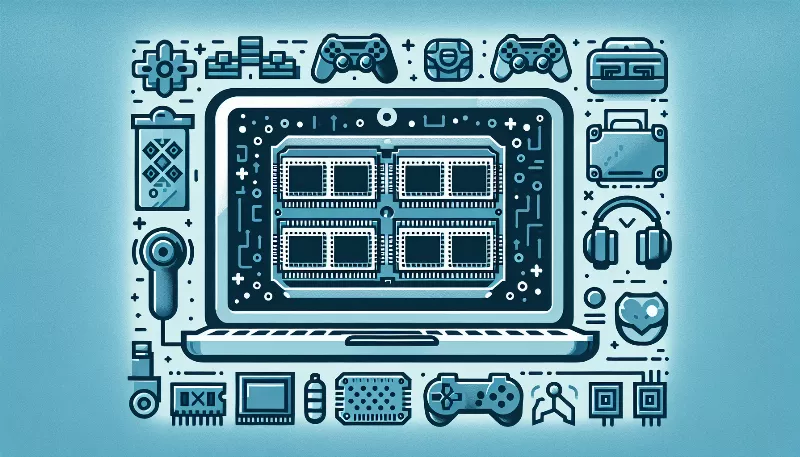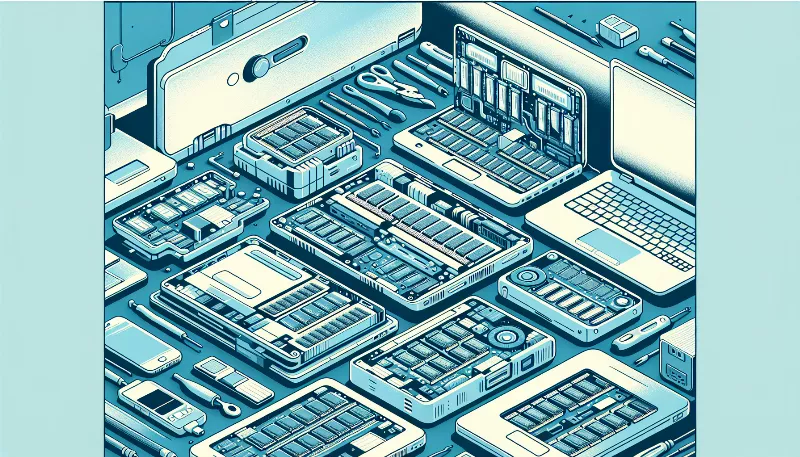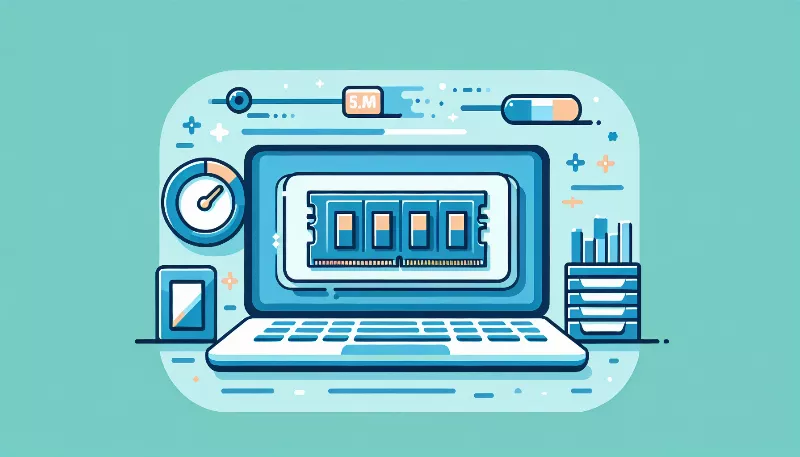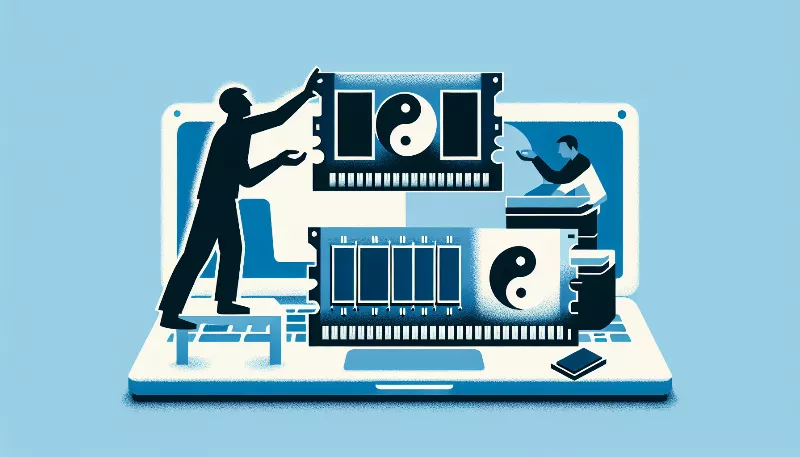Decoding the Jargon: A No-Nonsense Guide to Comparing Laptop Specs
Cut through tech speak with our easy guide to laptop specs. Find, compare, and choose the perfect laptop with confidence!

Decoding the Jargon: A No-Nonsense Guide to Comparing Laptop Specs
Are you in the market for a new laptop but find yourself drowning in a sea of technical terms and specifications? Fear not, intrepid shopper! We're here to cut through the clutter and give you a straightforward guide to understanding and comparing laptop specs. So, buckle up and prepare to become a savvy consumer!
Understanding the Brain of Your Laptop: The Processor
The processor, or CPU, is the heart of your laptop, pumping power to all your applications. It's what makes your computer 'think' and determines how quickly it can process tasks. When comparing processors, look at the number of cores and clock speed. More cores can handle more tasks simultaneously, while higher clock speeds mean faster processing. Intel and AMD are the big players here, with their respective Core and Ryzen lines.
Memory Matters: RAM
Random Access Memory (RAM) is your laptop's short-term memory. It temporarily stores data for quick access, so the more RAM you have, the better your laptop can multitask. These days, 8GB is the bare minimum for smooth operation, but 16GB or more is ideal for heavy-duty work or gaming.
Storing Your Digital Life: Hard Drive vs. SSD
When it comes to storage, you have two main options: traditional hard drives (HDD) and solid-state drives (SSD). HDDs offer more space for less money but are slower and more prone to damage. SSDs, on the other hand, are lightning-fast, more durable, and use less power, but they come with a higher price tag. For most users, an SSD with at least 256GB of space strikes a good balance between performance and cost.
Display: More Than Just Screen Size
A dazzling display can make or break your laptop experience. Resolution is key – 1920x1080 (Full HD) should be your baseline for crisp visuals. But don't overlook panel types: IPS panels offer wide viewing angles and better colors than TN panels. And if you're a visual professional or gamer, consider splurging on a higher resolution or a faster refresh rate.
Graphics: Integrated vs. Dedicated
Graphics processing units (GPUs) come in two flavors: integrated and dedicated. Integrated GPUs are built into the processor and are fine for everyday tasks. However, if you're into gaming or video editing, a dedicated GPU from NVIDIA or AMD will provide the extra oomph you need for smooth, high-quality visuals.
Connectivity and Ports: Your Laptops Lifelines
Don't overlook the importance of connectivity! USB-C is becoming the standard for fast data transfer and charging, but make sure your laptop has enough ports for all your devices. HDMI, Thunderbolt 3, and SD card slots are also handy for connecting to monitors, transferring photos, and more.
Battery Life: The Long Haul
Last but not least, battery life is crucial, especially if you're always on the move. Look for laptops that offer at least 8 hours of juice, but remember that actual battery life can vary based on usage. Check out user reviews and independent tests to get a realistic idea of how long your laptop will last on a single charge.
Armed with this knowledge, you're now ready to navigate the world of laptop specs with confidence. Remember, the best laptop for you depends on your individual needs, so use this guide as a starting point to find your perfect match. Happy hunting!










